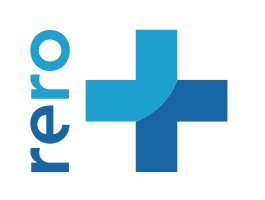
Nouvelle adresse / Neue Adresse / New address : bib.rero.ch
- bib.rero.ch/vs - RERO+ Valais/Wallis
- bib.rero.ch/rbnj - RBNJ (Bibliothèques neuchâteloises et jurassiennes)
- bib.rero.ch/bulle - Bibliothèque de Bulle
Suite à un changement de système important, RERO Explore a été désactivé le 12.07.21. Plus d’infos...
Aufgrund eines wichtigen Systemwechsels wurde RERO Explore am 12.07.21 deaktiviert. Mehr Informationen...
Due to a major system change, RERO Explore was deactivated on 12.07.21. More information...